Several scientific and clinical breakthroughs of our past decade show that Advanced Therapy Medicinal Products (ATMP) will revolutionize 21st century medicine. By using cells as therapeutic agents, it will be possible to treat – and even cure – an unprecedented variety of diseases or defects, even as a personalized therapy. However, there are still some challenges to face.
Living cell products can be highly complex, which makes the ATMP field as challenging as it is promising. Moreover, the average cell therapy development and production process still strongly depends on individual craftsmanship. Consequently, traditional and empirical methods for process development and management fall short. While process controls are rigid, process fundamentals are not sufficiently understood to deal with the variability of incoming raw materials and product profiles that come with personalized manufacturing.
Fortunately, knowledge-based and regulatory-approved methodologies such as Quality by Design (QbD) and Process Analytical Technology (PAT) perfectly complement the challenges of the ATMP process and product development. If applied correctly, they provide sufficient knowledge of the multivariate interactions between Process Parameters and Quality Attributes, and their solidification into a personalized monitoring and control strategy.
Using the right analytical methods
Clearly, using suitable analytical methods capable of monitoring a product’s Critical Quality Attributes (CQAs) is crucial in this regard. However, the fragility, complexity, and personalized focus of ATMPs result in quite stringent demands for such analytical methods. For instance, they should be able to quantify complex biological attributes within closed systems, in a non-destructive and non-invasive manner.
Real-time readouts of these attributes, using single-use equipment cost-effectively, not only enable more process control and optimization but also overcome the need for destructive release testing of the final, precious therapeutic product. However, in many cases, there are no suitable off-the-shelf read-out options available to meet these requirements. As a result, less optimal methods are used – at the expense of product quality, production costs, and process robustness.
Soft sensors analyze & predict
These important issues force today’s cell therapy developers to look beyond the traditional analytical approaches. The rise of Artificial Intelligence (AI) and machine learning presents a promising solution in the form of data-based analytical methods, also known as soft sensors. In these AI-based systems, established hardware sensors are combined with software process models to monitor or predict key process states, such as CQAs.
As long as sufficient data is available, soft sensors can be developed for any type of analytics in a particular process. When developed successfully, the performance of these sensors can rival that of destructive or invasive biological assays. In one of the earliest (and most successful) examples from over two decades ago, Bastin & Dochain utilized measurements of cellular nutrient and metabolite consumption/production rates to predict cell growth, by using a mathematical model derived from biochemical mass-balances.
Bringing ATMPs to the patient
Today, new applications are developed continuously. Some of the most impressive ones make use of novel machine-learning models such as Artificial Neural Networks or Support Vector Machines.
However, until now most of these examples remain in the R&D space, with only very few of them making it into a GMP manufacturing environment. This all contributes to the situation where promising ATMPs cannot reach the patient, as regulatory-approved and economically viable manufacturing processes are lacking.
The biggest ATMP challenge on this translational frontier might therefore not be a scientific or technical one, but rather one of regulatory compliance. Proper validation and verification is quintessential if AI-based systems are to be incorporated in GMP manufacturing processes.
As there are no real precedents, QbD and Antleron are now pioneering personalized ATMP soft sensor development and validation within their VLAIO (Agency for Innovation and Entrepreneurship Flanders) innovation project ‘Cell-by-Design’. Both partners have a firm belief in bringing personalized ATMP manufacturing 4.0 closer to the patient.
Curious about the partnership between QbD and Antleron?














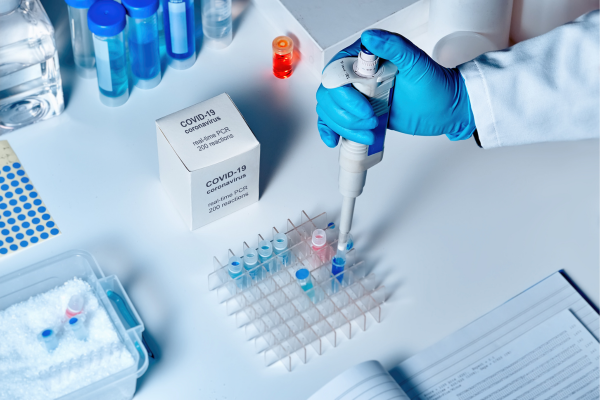



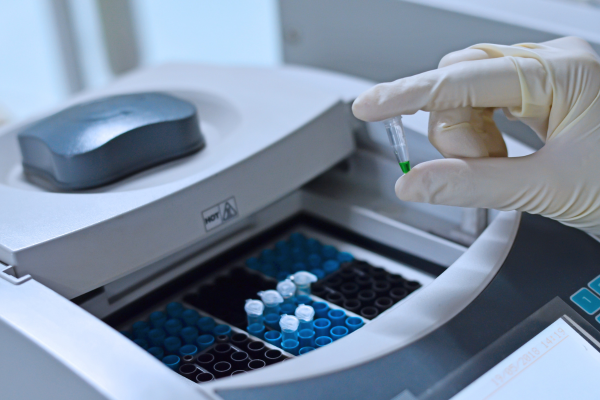








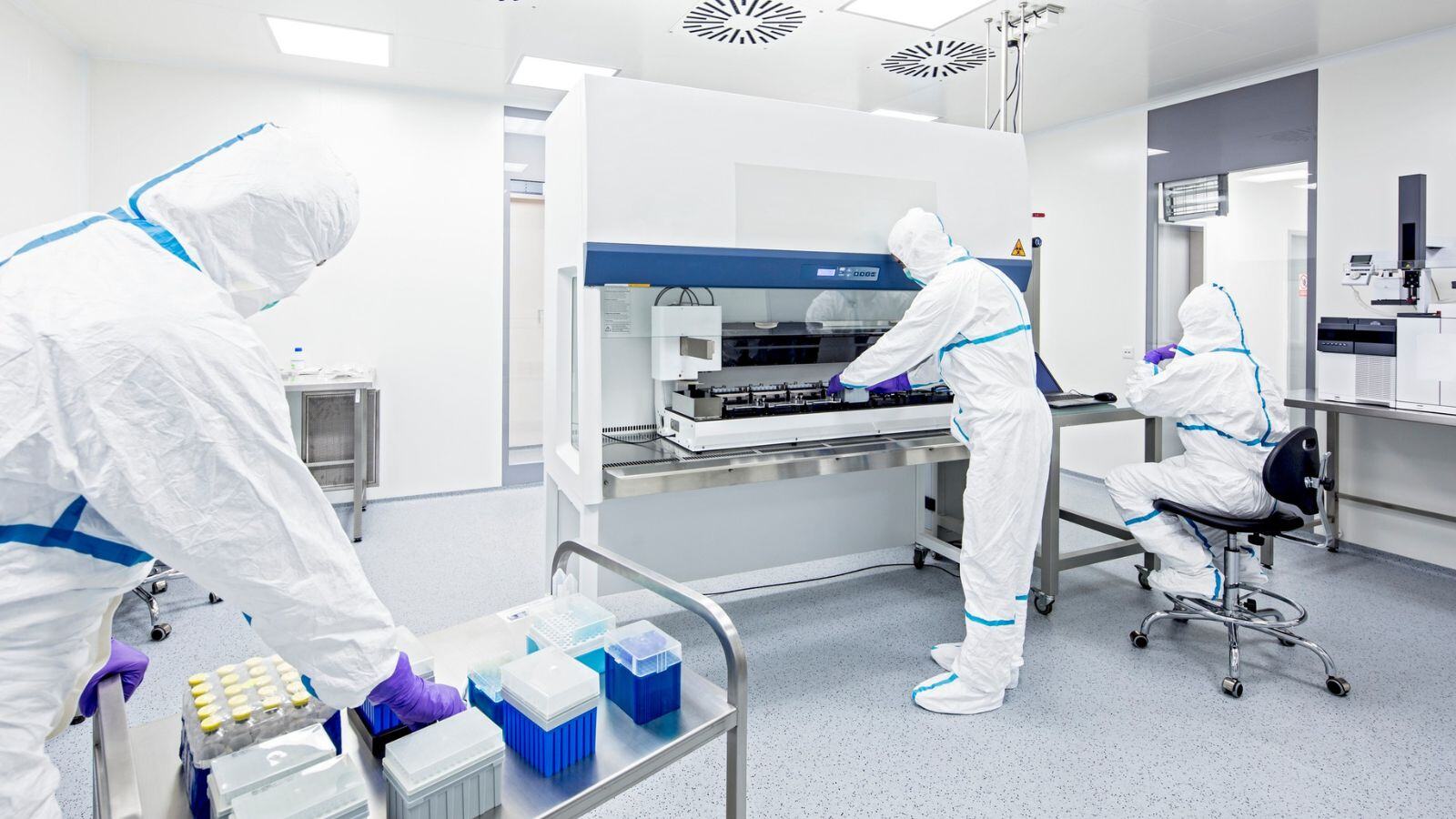








%20Checklist.jpg)




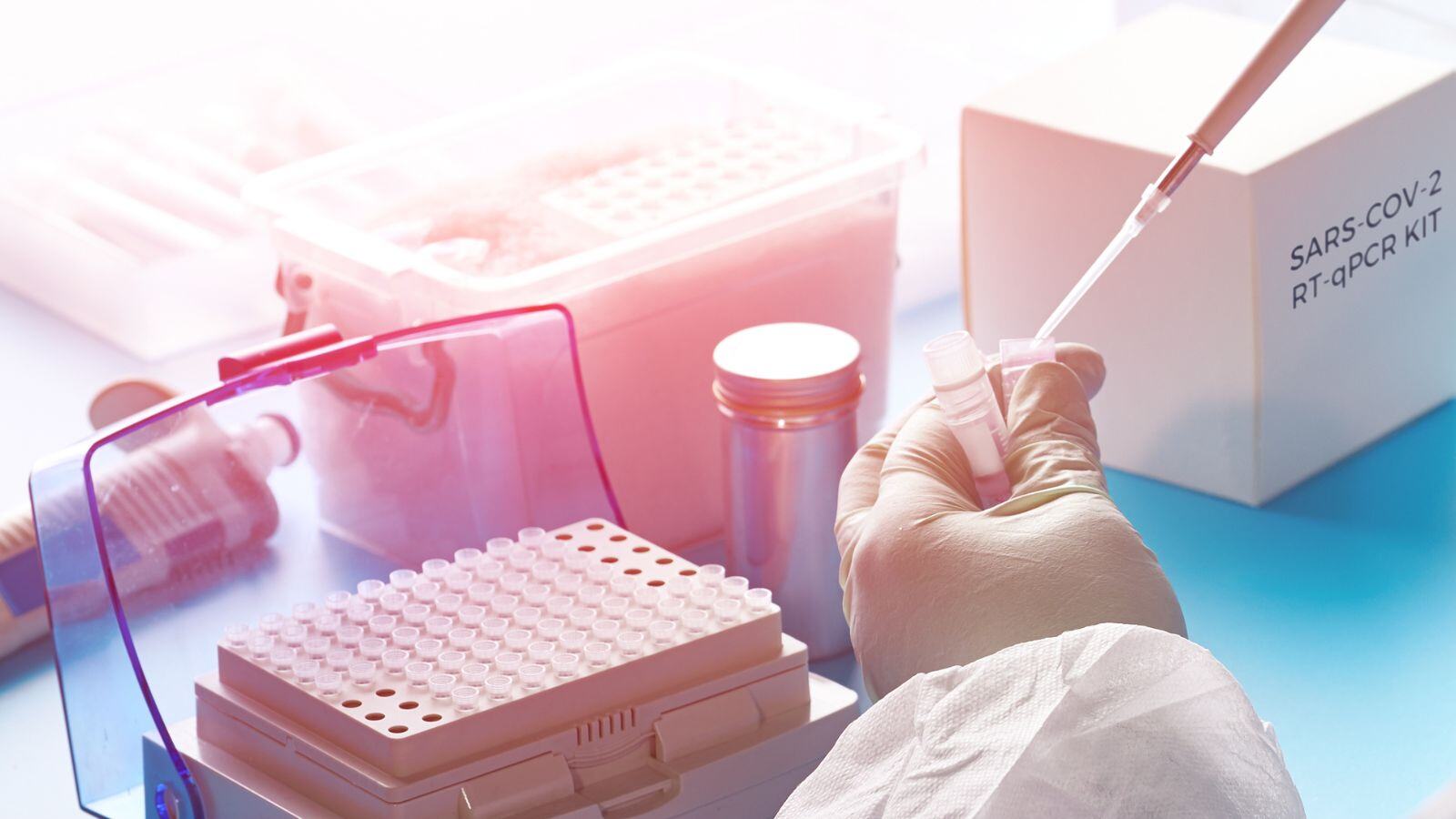






.jpg)
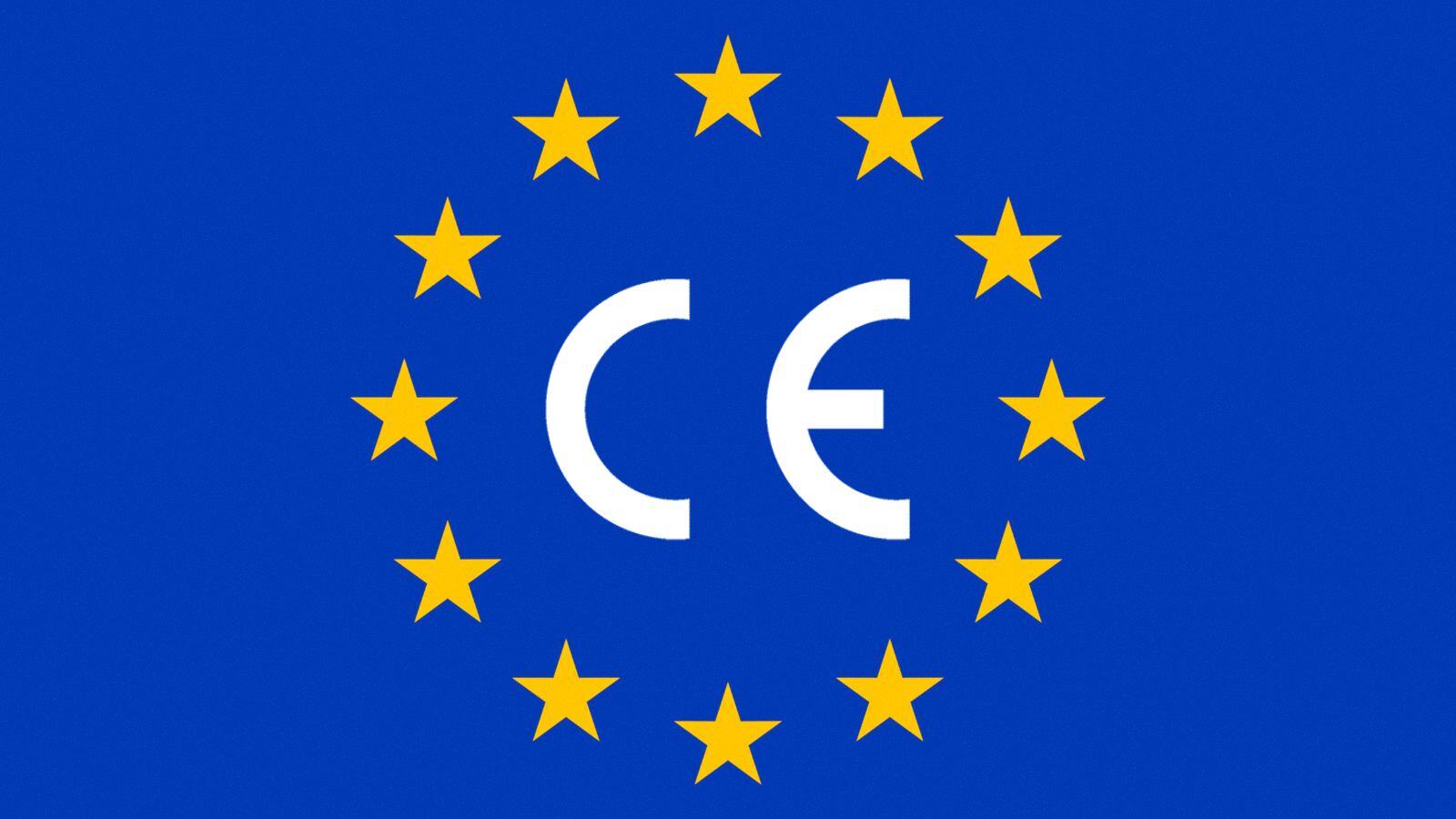



.jpg)










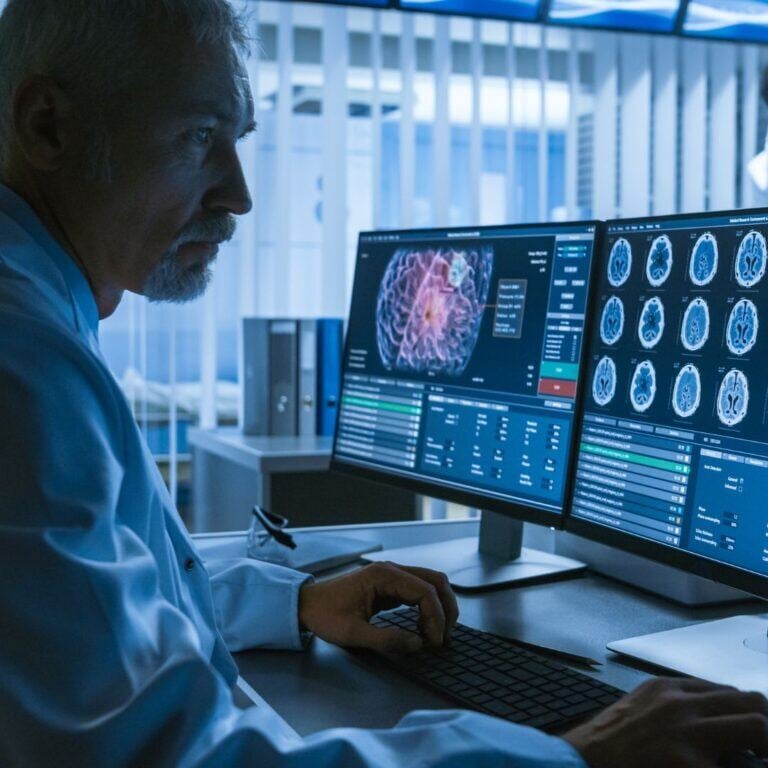










.jpg)

.jpg)



.png)

.jpg)
.jpg)

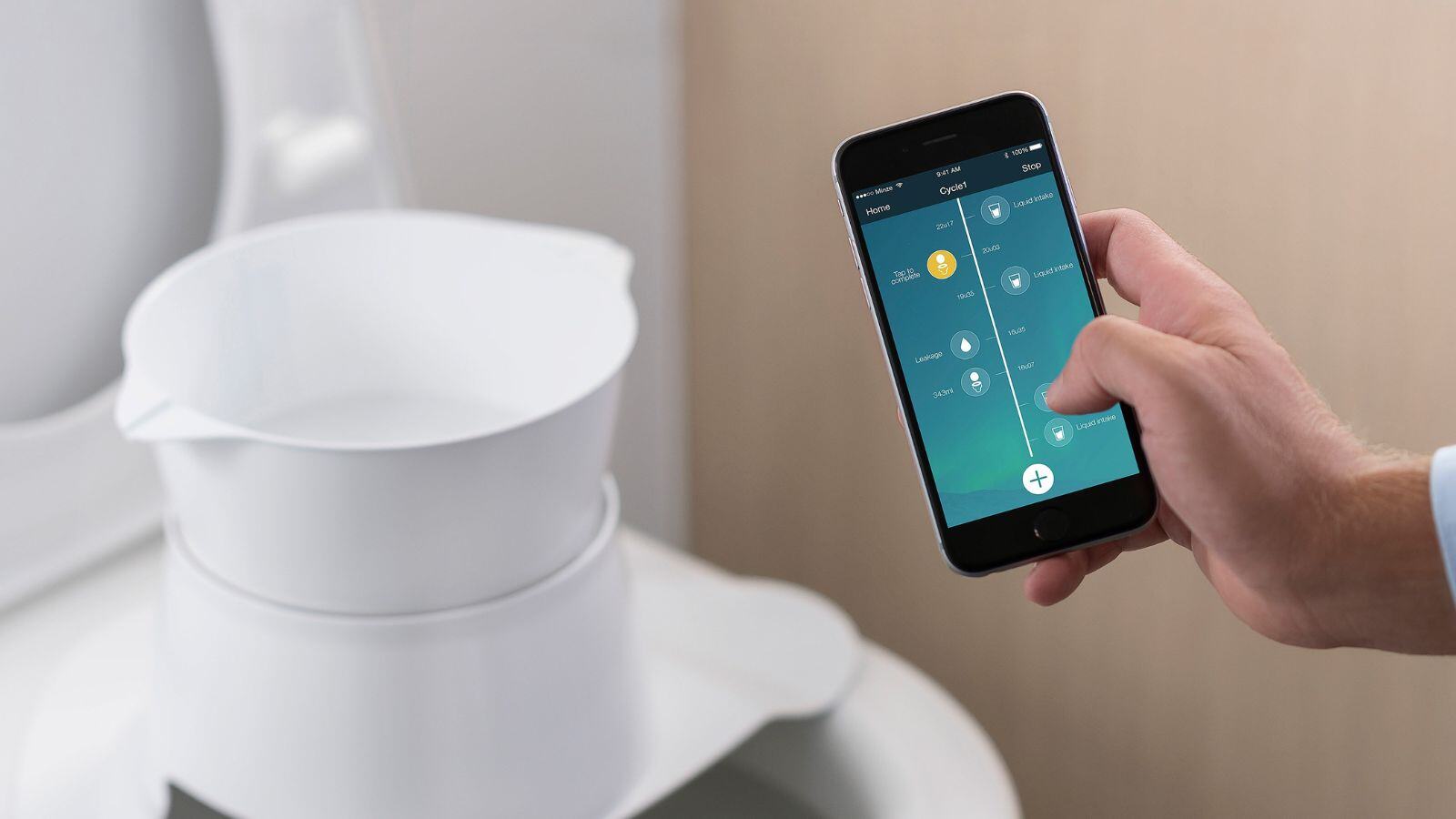
.jpg)
.jpg)

.jpg)
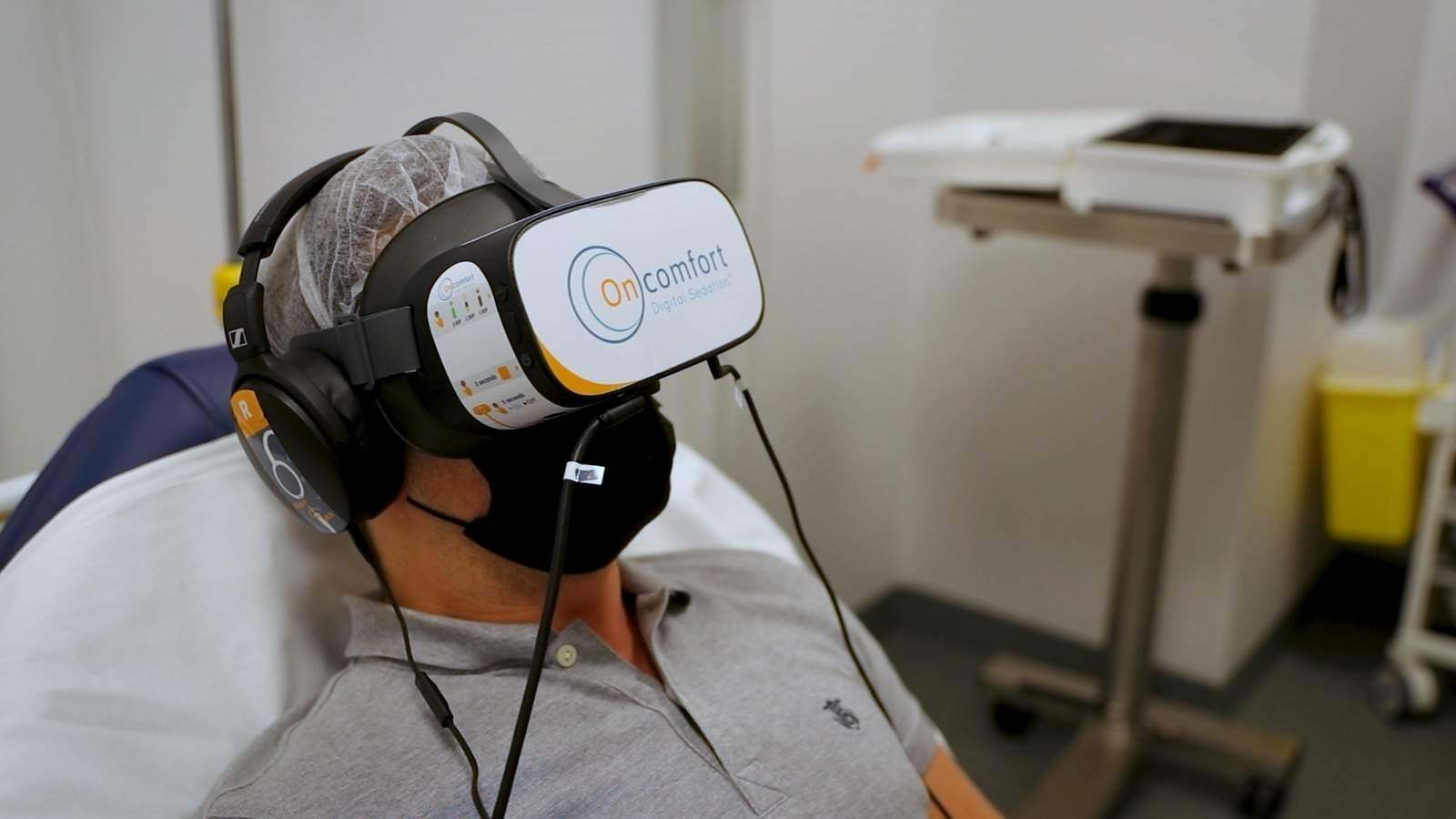
.png)